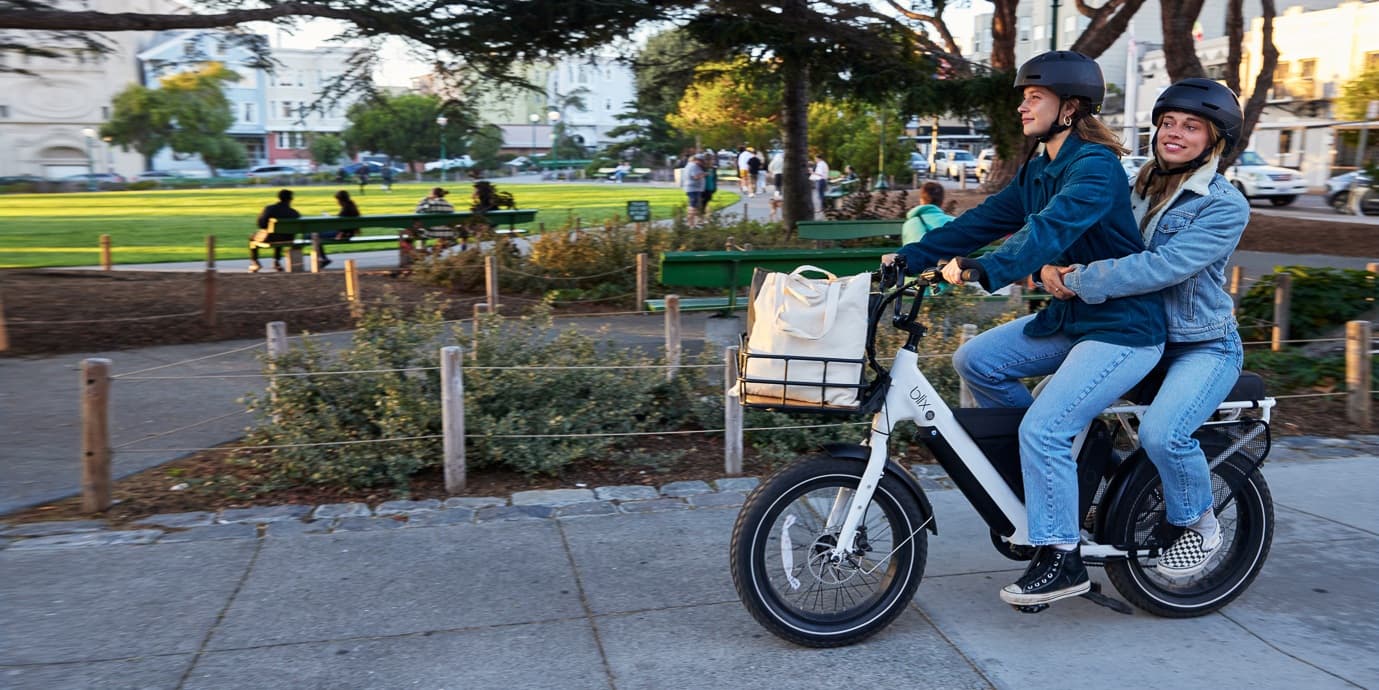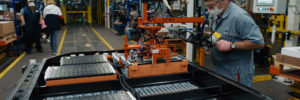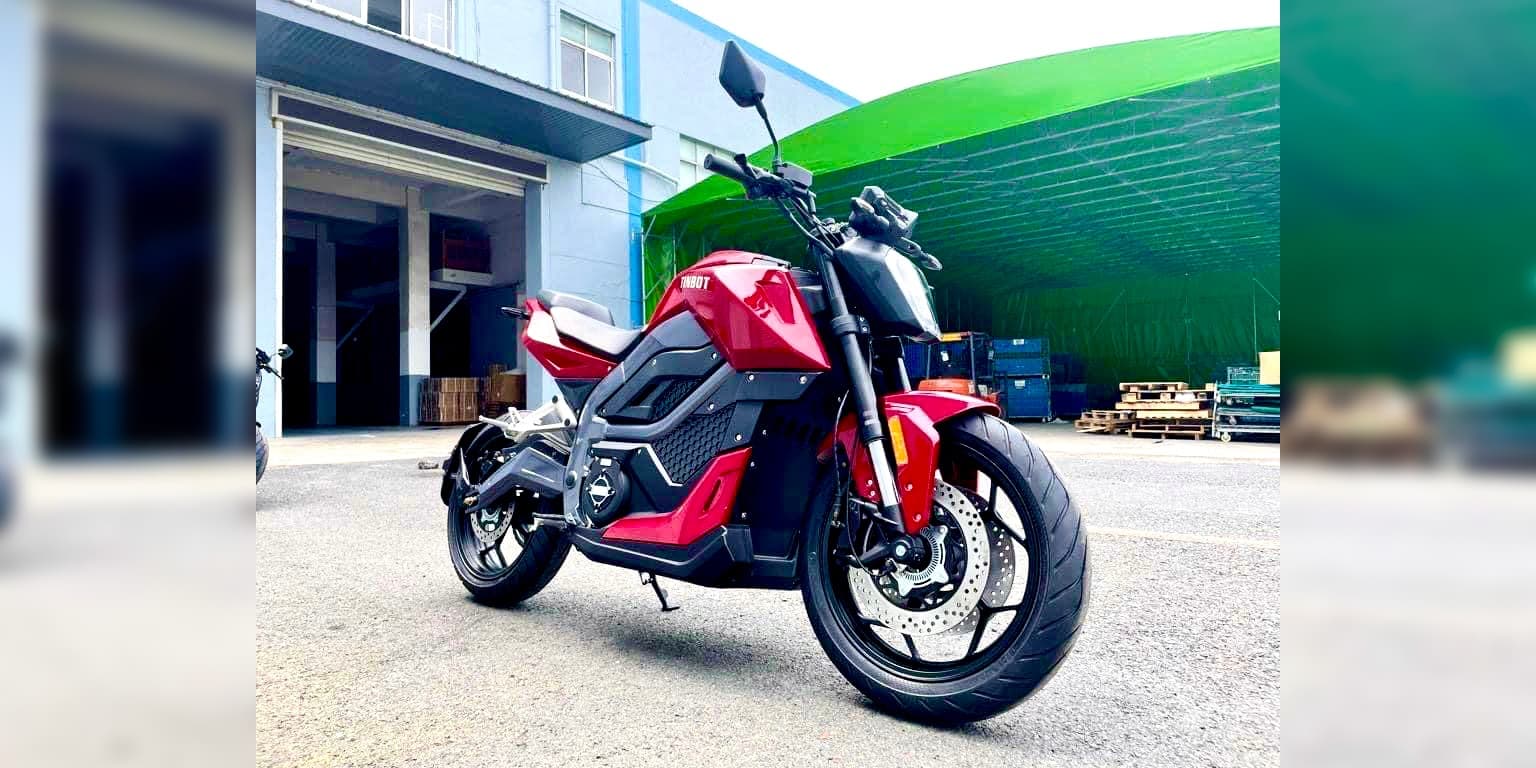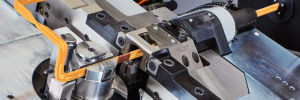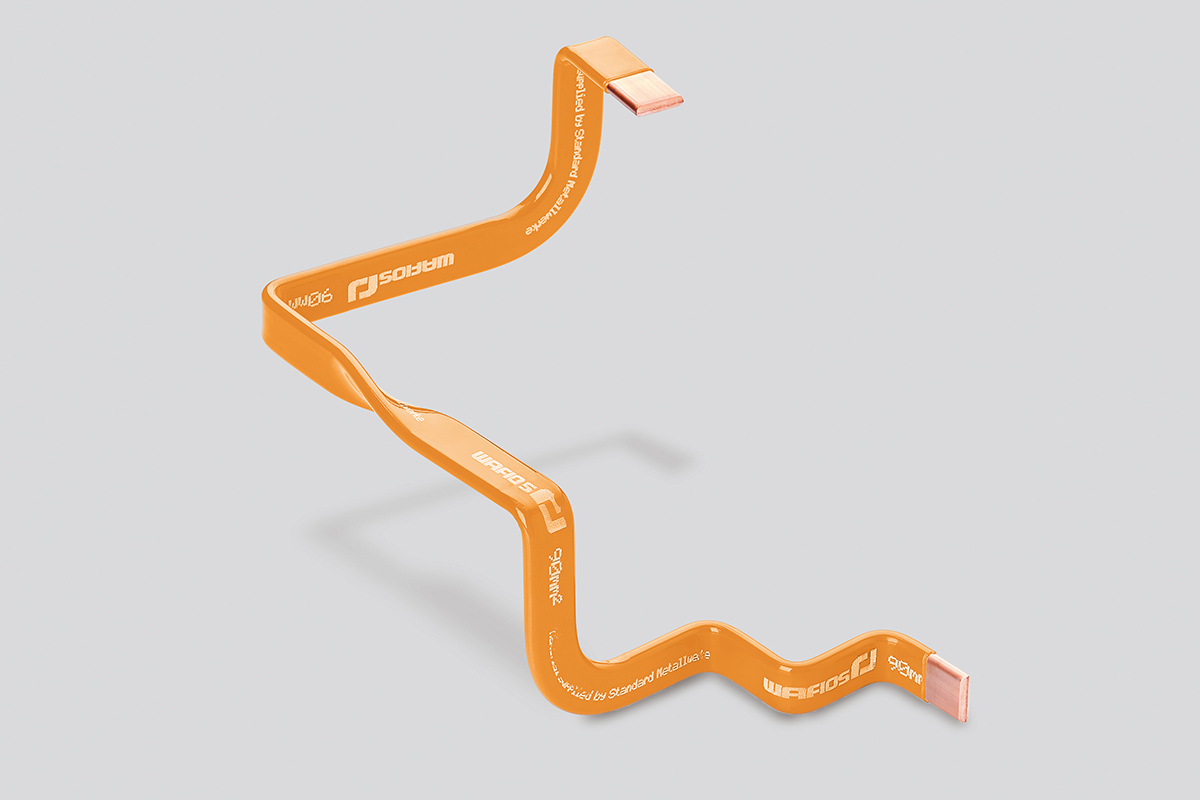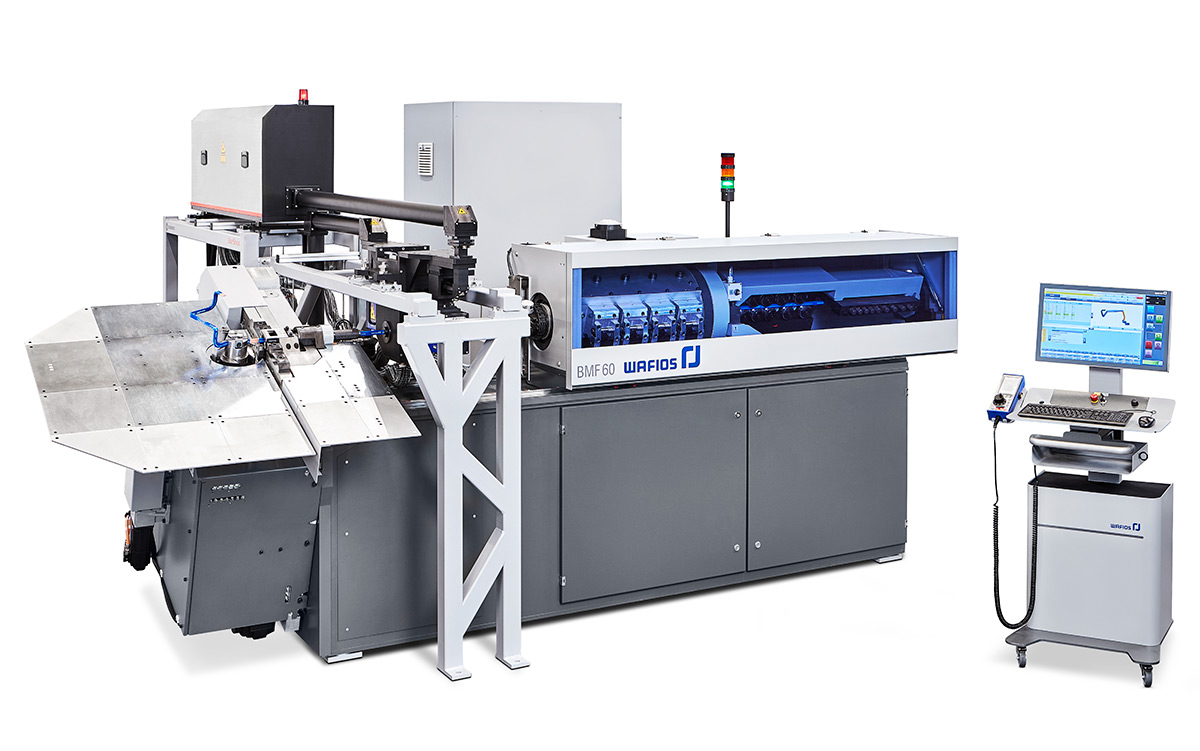
Florida utility Duke Energy is testing the V2G features of the new Ford F-150 Lightning at the company’s Energy Wise Lab in St Petersburg, Florida (the home of Charged).
The R&D pilot will evaluate the viability of the Lightning’s high-capacity batteries and two-way charging capability as a way to power Florida homes during outages and help support the state’s electrical grid.
Several of the new generation of EVs going on sale in the US this year will also feature bidirectional charging. Duke says it chose the Lightning for its pilot program because it’s the first EV to market with a battery large enough to provide vehicle-to-home and vehicle-to-grid capabilities. The pilot will use the Ford Charge Station Pro and Intelligent Backup Power Home Integration System.
Lon Huber, Duke Senior VP of Customer Solutions, said that Ford has been very helpful with the pilot program, providing vehicles, hardware and software not yet available to the public.
Facilities at the St Pete lab allow Duke’s engineers to simulate three home environments simultaneously, and gauge the effects on the truck’s batteries over time.
“We always look for opportunities to maximize the value of new technology out there,” said Lon Huber, Duke Senior VP of Customer Solutions. “And we said, ‘wow, this is going to be a very large battery that, for the most part, is going to sit there idle.’”
After the initial lab testing phase, Duke will assess the Lightning’s capabilities in connection with customer-owned energy resources such as solar panels. The goal is to see how the vehicle-to-home and solar systems would integrate, and if they could power an entire home during extended outages. Huber believes testing will demonstrate synergies between the two—the testing will focus on whether the electric truck can effectively back up a solar-powered home.
Huber noted the importance of ensuring that EVs recharge at optimal times, avoiding periods of peak demand. Entire neighborhoods charging in an orchestrated way could minimize costs. “On the grid side, we want to make sure that we actually dispatch the battery capability to maximize benefits when the grid needs it the most,” said Huber. “All in a coordinated way.”
Ford claims its Intelligent Backup Power System, introduced with the Lightning, allows the truck to power a home for up three days. The hardware needed to power a home using the Lightning’s battery is now available to the public. However, consumers will have to wait until next year for the required vehicle software updates.
Huber pointed out that EV drivers stand to save substantial amounts of money compared to fueling a legacy vehicle, and added that Duke offers special rates for charging EVs.
In fact, Duke has done almost nothing to publicize its Off-Peak Charging Credit offering, and when we investigated, we found the existing program to be so complex, and the benefits so minimal, that it was hardly worth signing up for (and we couldn’t sign up anyway, as the web site said the program was “currently full”). However, if Duke can establish that offering a more robust program would benefit Duke, this could change in the future.
Huber said that if the current pilot is successful, Duke would move towards creating a larger-scale V2X program. “While [a driver is] not using their truck, it is literally making money for them while it’s sitting in the garage,” said he. “What a great way to partner with our customers to create value for everybody.”
Source: St Pete Catalyst
Source: Electric Vehicles Magazine
